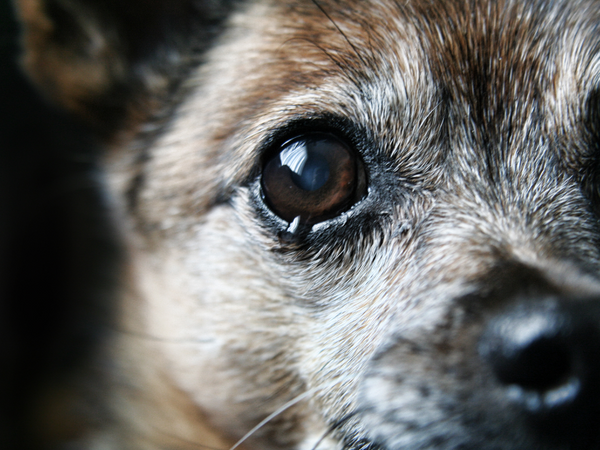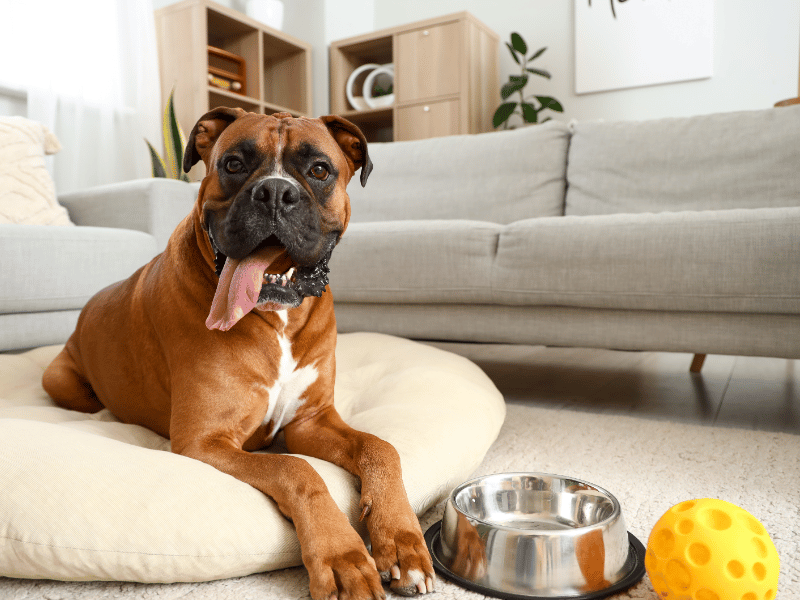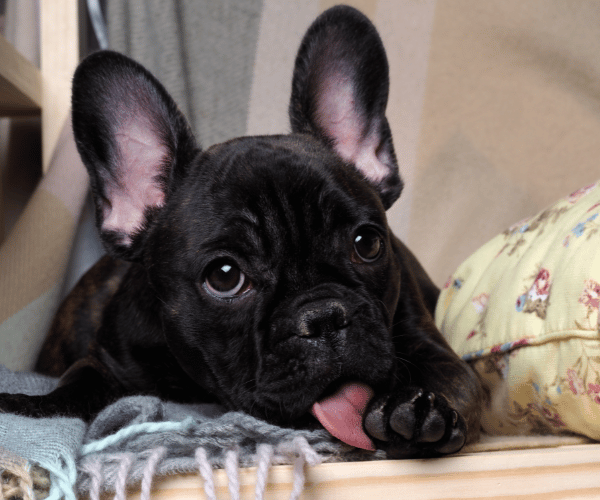What Causes Eye Discharge and Tearing in Dogs?
Eye discharge in dogs can be a common concern for pet owners, often signaling various underlying issues. In this blog post, we'll discover the different types of eye discharge that dogs may experience and what they could indicate. From watery eyes to crusty gunk and reddish-brown tear stains, understanding the causes and remedies can help keep your furry friend's eyes healthy and bright. We'll also explore the significance of yellow or green discharge and when it might be a sign of a more serious condition. So, let's dive in and learn how to keep those puppy eyes clear and sparkling!

Common Types of Eye Discharge in Dogs:
Watery Eyes: Medically termed epiphora, this condition can result from various factors. Irritants such as dust, smoke, or pollutants can trigger excessive tearing, as well as allergies to environmental elements like pollen or mold. Additionally, foreign material in the eye, such as dirt or debris, can cause watery eyes as means of the eye attempting to flush out the irritant. Blocked tear ducts (either due to congenital abnormalities or acquired conditions) can slow down the drainage of tears, resulting in overflow and watery eyes. It may also be a result of more severe issues like glaucoma, characterized by increased pressure within the eye.
Crust or Gunk: This can be a common occurrence, often stemming from the natural function of tears. Tears not only provide oxygen to the cornea but also work to remove dirt and debris from the eye. While tears typically drain from the inner corner of the eye, the formation of crust can obstruct this drainage pathway. Comprised of dried tears, mucus, dead cells, oil, and dust, the color of crust or gunk tends to vary, often appearing yellowish or brownish in hue. Regular cleaning and proper eye care can help prevent the buildup of crust and maintain your dog's eye health.
Yellow or Green Discharge: Indicating the presence of bacteria or other pathogens, this can signal potential health concerns commonly associated with eye infections. However, it's essential to recognize that yellow or green discharge might also indicate broader health issues, such as an underlying illness or problems within the respiratory tract or nervous system. Monitoring any changes in your dog's eye discharge and seeking prompt attention can help identify and address any underlying causes, ensuring your pet's well-being and comfort.
Reddish-Brown Tear Stains: This unsightly staining typically is caused by the oxidation of tears combined with bacteria and yeast growth. To address this staining, wiping the affected area with dog-friendly products is a recommended solution. Products like Squishface Wrinkle Wipes, containing key ingredients such as ketoconazole and chlorhexidine, helps to combat microbial growth such as bacteria, yeast, and fungus. Following the cleansing process, apply Wrinkle Paste. This helps by forming a water-repellent barrier on the surface. These specialized pastes also contain nourishing ingredients like coconut oil, shea butter, and avocado oil to soothe and protect the delicate skin around a dog’s eyes.

The Bottom Line:
Maintaining your dog's eye health is essential for their overall well-being. Products like Squishface Wrinkle Wipes and Wrinkle Paste offer effective solutions for managing tear stains and promoting skin health around the eyes. By incorporating these dog care tips into your routine, you can ensure your furry companion's eyes stay clear, bright, and free from discomfort. Here's to keeping those puppy eyes looking as adorable as ever!
Be sure to follow us on TikTok, Instagram, Facebook, Pinterest, YouTube, and visit our blog weekly for more tips on caring for your adored doggo, and the latest on all things Squishface!











